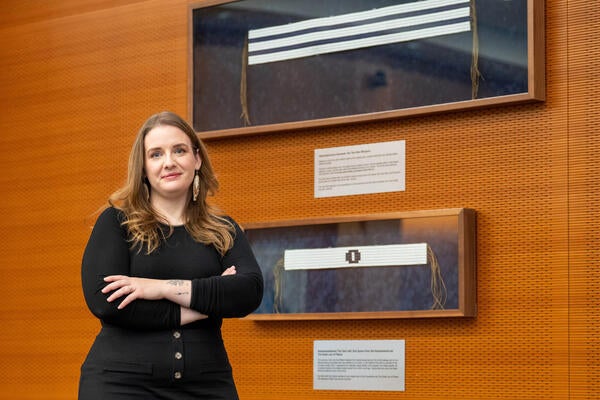
New interferometry technique more powerful and cost-effective
New neutron interferometry technique developed by researchers will allow for faster and more precise measurements, and could pave the way for advances in imaging, materials science and quantum research







